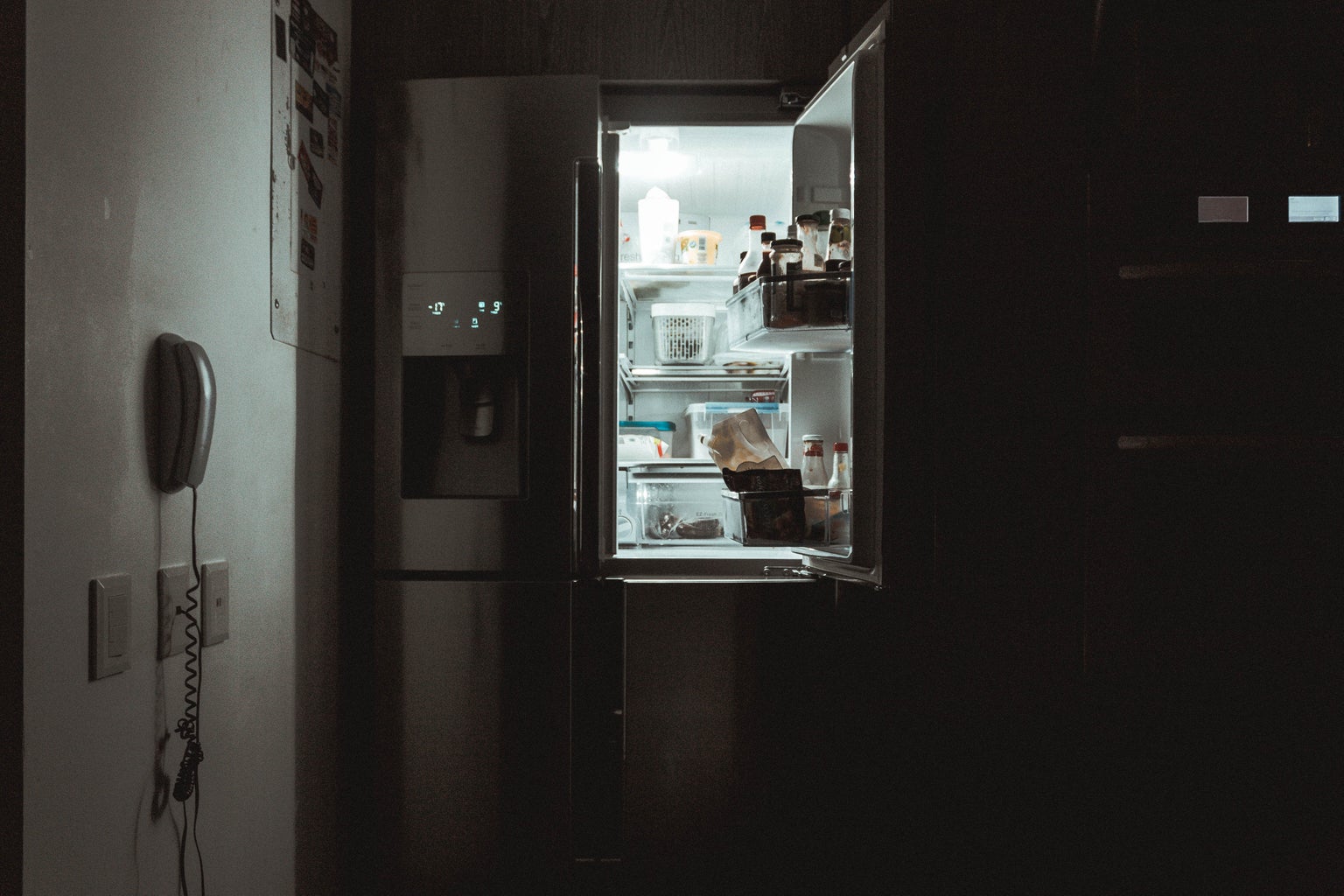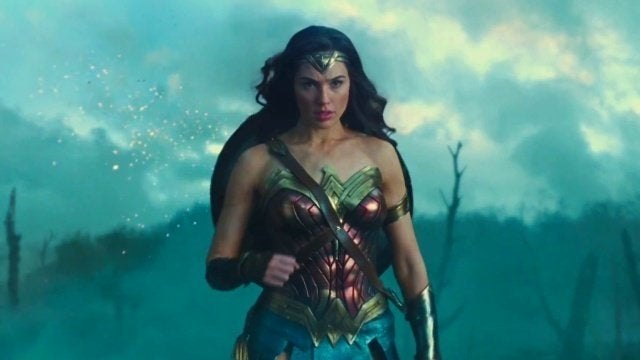Representation has been an issue in Hollywood for…well forever. And despite talks of diversification and equity, there are still some pretty nasty gender imbalances. A USC Annenberg Inclusion Initiative study that came out late last year exposed some of these.
Looking at the top 100 movies of 2019, this study concluded that there were 4,451 speaking or named characters. Only 34% were women. Behind the scenes, there were 1,518 people in leadership roles. Only 22.3% of these roles were filled by women. Feminist film critics have been pointing fingers at these imbalances for a long time. The Bechdel test has been widely popularized as a way of assessing movies through a feminist lens. There are many variations of the test, but in its most basic form it requires two female characters to talk to each other about something not related men. Because of this, traditional tropes like the “damsel in distress” are now being avoided. But even if a piece of media passes the Bechdel test and avoids the obvious tropes, there are plenty of other signs of a poorly written female character — some more obvious than others.
Picking examples for all of these tropes was tough. I like a lot of the characters and movies that I mentioned. But I also probably would have liked them more if they were better written. So here is a quick rundown of some things to look out for the next time you are wondering why a female character or her storyline isn’t doing it for you.
Manic Pixie Dream Girl
Let’s start off simple with one that you’ve probably already heard of. The term “Manic Pixie Dream Girl” was coined by author Nathan Rabin in reference to Kirsten Dunst’s character in Elizabethtown. Manic Pixie Dream Girls are quirky, spontaneous, cute, free-spirits whose sole purpose is to show the moody male protagonist how to enjoy life. They might seem like they have the ingredients of an interesting character, but they are static and have no purpose outside of their (likely romantic) relationship with the male lead. They are only there for his growth. Some classic examples include Natalie Portman in Garden State and Audrey Hepburn in Breakfast at Tiffany’s. Other characters, like Zooey Deschanel in (500) Days of Summer, are meant to criticize the trope but are often misidentified as Manic Pixie Dream Girls themselves.
Fridging
Okay, Manic Pixie Dream Girls are discussed a lot. Let’s address something you maybe aren’t familiar with. “Fridging,” or “women in refrigerators,” is a trope that began in the comic-book world. The term comes from an issue of The Green Lantern where the hero comes home to find his girlfriend killed and stuffed in a refrigerator by his nemesis. Pretty gruesome. Green Lantern is then inspired to become a better hero than ever before, while all his dead girlfriend did was die. This sparked a website that compiled a list of similar female characters who had been killed, injured, raped, depowered, or anything of that sort to bring out protective qualities in the male protagonist. If you’ve seen almost any Christopher Nolan movie you are familiar with the concept. Other examples include Deadpool 2, Jason Bourne, and Fast and Furious.
Smurfette Principle
You know how in The Smurfs there was Grouchy, Brainy, Jokey, Handy, and the girl one? The Smurfette principle refers to their being exactly one female character in a group of men (which apparently filmmakers have decided is “good enough” in many cases, despite the fact that women are about half of the population). Not all of these women are poorly written, but it is a red flag. If she’s the only woman but also three-dimensional, then it’s just a bummer that there is only one well-written female character instead of more. If she is the only woman and her entire personality revolves around being the only woman, then it’s just a bummer. Some examples include Star Wars, The Avengers, Justice League and Fight Club.
Strong Female Character
The other examples up to this point have been pretty clear — sort of your don’t-be-a-misogynist-101. This trope might seem a little less obvious. Shouldn’t having a strong female character in your story be a good thing? Think of the qualities a strong female character has…She’s physically strong but emotionally detached. She’s overly masculinized to emphasize her strength. These traits may appear empowering, when they’re actually upsetting. In one regard, this kind of “strong female character” implies that it is her masculinity (not her femininity) that makes her strong. In another regard, her lack of emotional depth can make her generally less interesting than her male counterparts. Examples include Ripley from Aliens, Sarah Connor from Terminator 2, and Dr. Ellie Sattler from Jurassic Park.
Some characters who fall victim to these tropes are just poorly written, plain and simple, whereas others aren’t done justice. Like I said before, it can be tough identifying these patterns in the media that we love. A character that I find well-written and relatable can be “fridged” or end up playing the role of a Manic Pixie Dream Girl. We don’t need to stop loving a movie because it has these flaws. How many movies would there be left to love? What’s important is keeping an eye out for these historically sexist trends and tropes, even when their presence in a piece of media might not be super obvious. This is a simple step in keeping the (mostly male) Hollywood higher-ups responsible for some half-decent representation.




